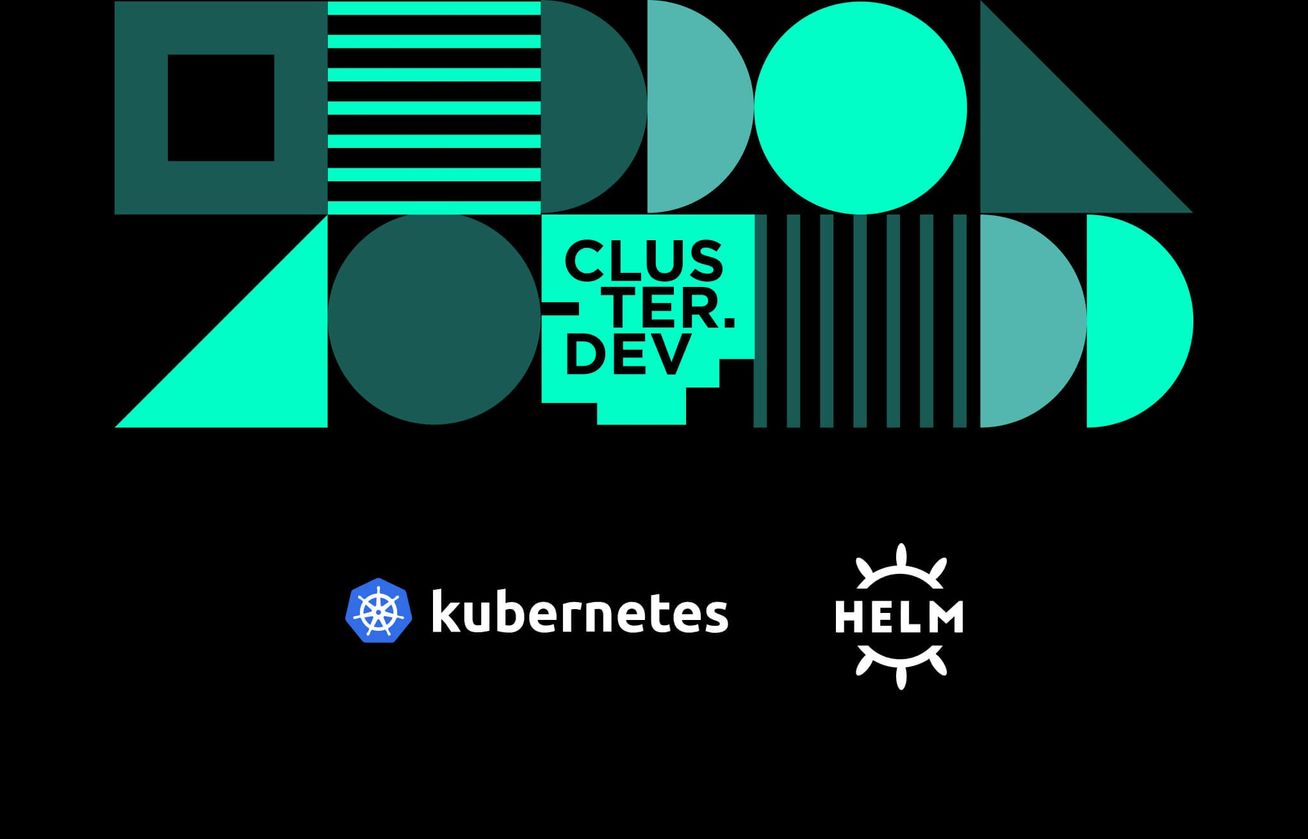Replication of Cloud-Native Infrastructures
The ultimate solution to replicate complex cloud-native infrastructures with utmost ease. Our open-source powerhouse excels in creating, managing, and tracking relations between various components, ensuring your deployments are as smooth as possible.
Challenges and Solutions
Solutions
Seamlessly Replicating Cloud-Native Infrastructures
Cluster.dev revolutionizes the replication of intricate cloud-native infrastructures. Its unique design allows it to effectively manage complex systems, providing seamless orchestration of multiple resources and their interdependencies. Whether it’s creating templates or managing intricate setups, Cluster.dev simplifies the process and ensures consistent and reliable deployment across diverse cloud environments.

Who Can Benefit from Our Solution?
Ready to get started?
Cluster.dev ensures zero configuration drift by using idempotent infrastructure templates. These templates guarantee that each replication instance is an exact match to the original, preventing any deviations. The templates are tested and validated by default, which allows replication with a single command.
Yes, Cluster.dev is designed to support cloud-native infrastructures in both pure cloud and hybrid environments. It can replicate infrastructure components across various cloud platforms and on-premises systems, ensuring seamless operation across hybrid landscapes.
Cluster.dev, being an IaC (Infrastructure as Code) tool, automatically updates documentation as part of the codebase. Any changes made to the infrastructure are reflected in the code, ensuring that the documentation is always in sync with the current state of the infrastructure.
Yes, Cluster.dev provides version control for replicated infrastructure templates. These templates are stored in separate repositories and automatically inherit changes made to a reference template repository. This version control mechanism allows for easy rollback, version comparisons, and tracking of changes over time.
It does so by incorporating best security practices within its templates, such as integration with secrets management solutions, regular component security updates, and data encryption. Also, Cluster.dev facilitates segregation of team responsibilities and allows for pre-execution security audits of its deployment code.
Cluster.dev integrates with various cloud platforms, leveraging their native scaling capabilities to prevent performance issues. Such a mechanism allows for endless scaling within the limits of the provider’s capacity pool, ensuring optimal performance of services, even during periods of high load.
Cluster.dev has its error detection and handling processes implemented through several mechanisms. Firstly, launching an infrastructure template acts as a self-checking mechanism. If the template contains an error, the deployment will fail, and an error message will be generated, preventing any undesired changes. Additionally, Cluster.dev facilitates component interoperability testing, contributing to the early detection of potential compatibility issues. This proactive approach ensures a robust and reliable replication process.
Sure! Cluster.dev integrates with any existing monitoring and alerting systems. It maintains both native cloud services and any third-party tooling, enabling a comprehensive monitoring strategy across your cloud environments.
 Schedule call
Schedule call
